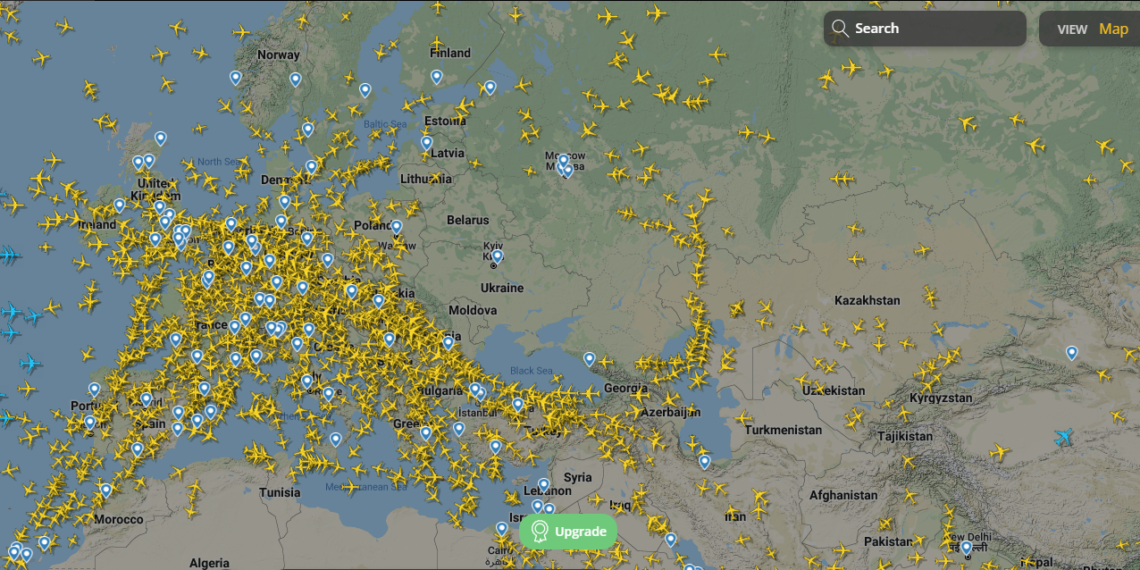Two years on from the start of the pandemic, Europe is facing a new crisis with monumental consequences. While Russia’s invasion of Ukraine has put questions of defence and energy security on everyone’s lips, it is also having effects on travel — and a look at recent history will tell you it is not glib to be concerned about that.
After the tragedy of Malaysia Airlines Flight 17, shot down over eastern Ukraine in 2014, commercial aircraft are taking no risks in flying over conflict zones. But even on routes that go nowhere near the region, airline fuel costs are likely to rise because of the the huge increase in the price of oil that has been driven by the conflict, with the difference felt in ticket prices.
Main photo: an Aeroflot plane; the Russian airline is banned from UK airspace (Getty Images)
Which flights are banned from the UK?
The government banned Aeroflot and other Russian carriers from British airspace on the first day of the invasion — a measure that was soon reciprocated by Russia. The UK Foreign Office has since advised against all travel to Russia and most of European airspace now barred to Russian planes and vice versa.
The knock-on effects will go well beyond Russia, and travellers to destinations in Asia may have to get used to longer, more circuitous flights. It’s an echo of aviation during the Cold War, when airlines from outside the Soviet Union could not use the most direct routes to the Far East over Siberia.
On flights from the UK, the need to avoid Russian and Ukrainian airspace will affect travel to any destinations between Pakistan and Japan. The extra mileage needed grows the further east you go, so a flight to Mumbai might only be an hour longer, while one to Tokyo would be considerably more.
However, aviation could be less affected than it was during the Cold War for a number of reasons: many destinations in east Asia are still largely closed to visitors because of Covid restrictions; planes can…





